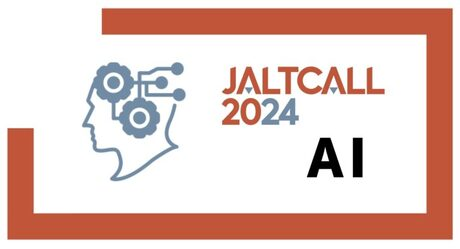Speaker
Description
This presentation details affordances and limitations of using AI voice chatbots for oral proficiency development. In the past year, voice-input functionality was added to OpenAI’s widely known ChatGPT4 model, and there has been a steep increase in tools that enable users to improve aspects of oral proficiency through AI (e.g., ELSA AI, LangAI, TalkPal, and many others). In this presentation, I present an overview and comparison of available tools, and then I present user data from an adult English language learner, as well as insights from my personal use of these tools while practicing a second language. The presentation begins with a timeline that shows the rapid development of AI tools that have been developed for L2 speaking proficiency development. Then, I compare the functionality of AI tools as it relates to developing L2 oral proficiency. After discussing the tools, I share data from an adult English language learner and from my experience practicing my own L2s using the AI tools, focusing on three main aspects of the tools: user experience, corrective feedback, and adaptation to user’s needs and current proficiency level. Based on the data, I discuss affordances such as the convenience, affordability, and flexibility of the tools for oral proficiency development, and I discuss limitations including the kind of discourse voice chatbots tend to produce, the lack of some paralinguistic and turn-taking cues that normally occur in human-to-human speech, and the inaccurate feedback or misunderstandings that occur in spoken interaction with AI chatbots.
| Keywords | oral proficiency, L2 speaking, L2 listening, AI voice chatbots |
|---|

